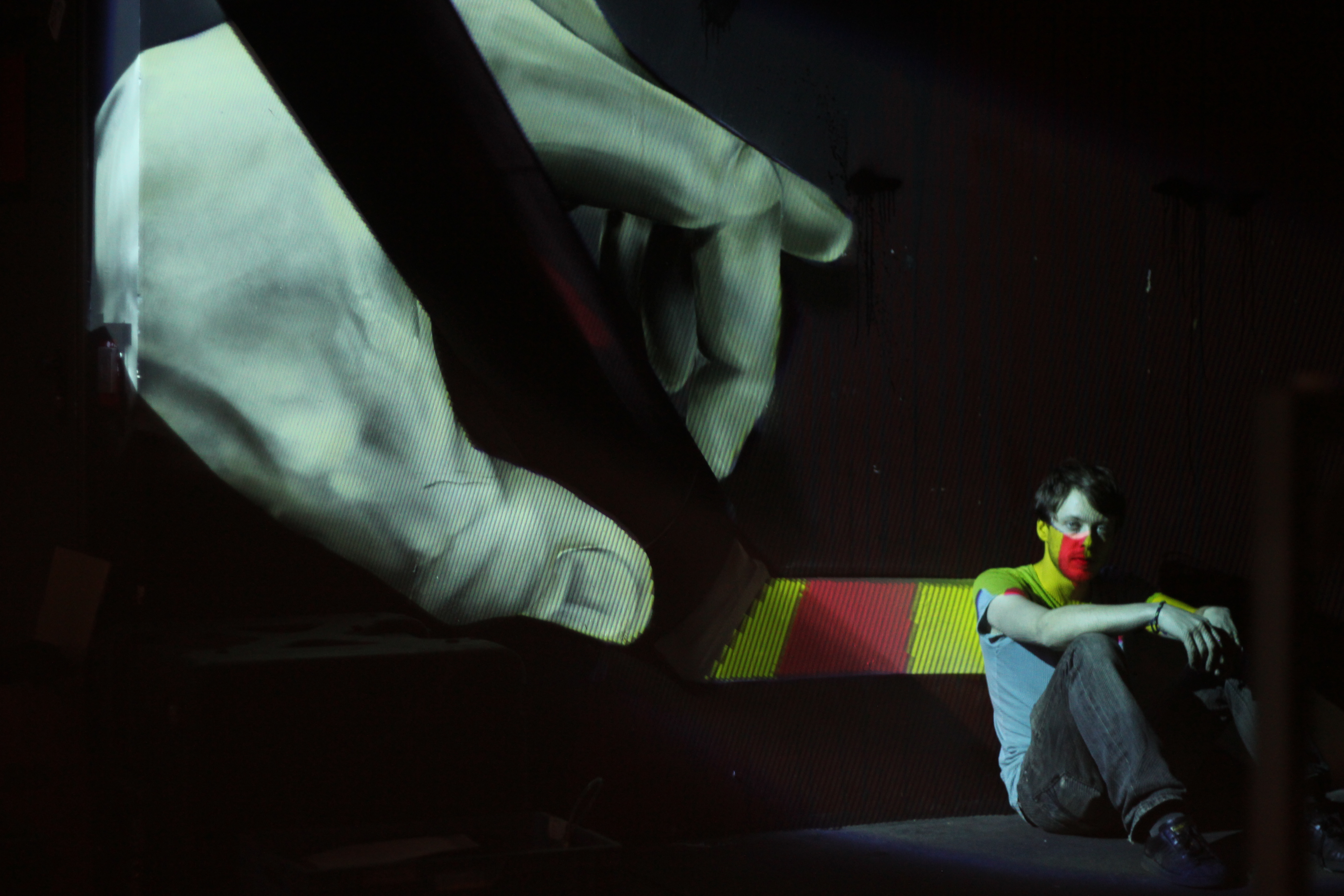
- #HEX FIEND MAC DATAMOSH FOR MAC OS#
- #HEX FIEND MAC DATAMOSH FULL#
- #HEX FIEND MAC DATAMOSH DOWNLOAD#
- #HEX FIEND MAC DATAMOSH WINDOWS#
#HEX FIEND MAC DATAMOSH FOR MAC OS#
Hex Fiend is my fast and clever hex editor for Mac OS X. Music used in the video: Ozzed - Byrokrat Apparat.Hooray, it's Hex Fiend 2, a nearly complete rewrite of Hex Fiend that incorporates even better techniques for working with big files.
#HEX FIEND MAC DATAMOSH FULL#
If that won’t help, then I’m afraid you’ll have to spend some time reading the full JPEG format specification ( my condolences). If in your case it is something else, then you can try to optimize your picture using the online tool I referenced earlier and then compare the fixed result with the original file. Let’s now try to “fix” the “broken” original by editing its header in HEX Fiend:Īnd I want to highlight again: this method only fixes this particular issue - the missing size bytes of an absent thumbnail. So the correct header of the file should look like this: And it is my guess that Mac OS is sensitive to this, so even if there is no thumbnail embedded into the file, these 2 bytes should be present anyway, despite the fact that they will simply store nulls. JPEG specification states that these 2 bytes are responsible for storing the size of a thumbnail. Okay then, let’s compare it with its broken original version in Hex Fiend:įrom that comparison I discovered that the length byte in the “fixed” file is 0x10 ( 16) instead of 0圎 ( 14), and also there are 2 null bytes in the end of APP0 section ( which makes it exactly 16 bytes for the whole section). Having downloaded the “optimized” file, I discovered that it opens on Mac OS just fine! In order to find the problem, I uploaded the file to this online JPEG image optimizer and tried to optimize it without compression: But since the file does not open on Mac OS, obviously there are some. Here’s a detailed explanation of the header bytes:Īfter reading those two article, I don’t see any problems here. And that’s where I found the source of the issue. Another thing you should know is that the picture contents do not start with the very first byte of the file, so the line I selected on the screenshot above is a part of a so-called JPEG header. So, what do we have here in the editor? First of all, if you don’t know that already, we are looking at binary data represented in hexadecimal form. Also, if you know russian, this article can be of help, although it’s a bit too heavy for our purpose. If you don’t want ( but why?) to read the full JPEG File Interchange Format specification, it is enough to rely just on Wikipedia and this page. Hilarious.Īnyway, that’s how a JPG file looks like there:Īnd you guessed it right, the selected part is the one that causes troubles. By the way, if you look for it in the App Store, then beside that one you’ll find some paid alternatives which apparently are not really alternatives but complete clones of the original tool with the only difference of them being paid ones.

Here’s a nice one for Mac OS - Hex Fiend. However, it does solve the issue in my specific case ( the one described in the intro), so it’s good enough for me to publish it.
#HEX FIEND MAC DATAMOSH WINDOWS#
So far my solution was to re-save the picture on Windows using GIMP or something else, but as I suspected it can actually be fixed on Mac OS as well - by editing the file in a HEX editor.īut I want to put a disclaimer right away: the solution I will be describing in the article is definitely not a universal one, and it won’t apply to all the possible cases of corrupted/broken JPGs.
#HEX FIEND MAC DATAMOSH DOWNLOAD#
If video doesn’t play in your browser, you can download it here


If you ever saw this infinitely loading preview, then you know what I am talking about: They work fine on Windows, but I cannot even edit those on Mac OS using graphic editors.

Sometimes when I save certain images from particular imageboards, I cannot preview or open those on Mac OS.


 0 kommentar(er)
0 kommentar(er)
